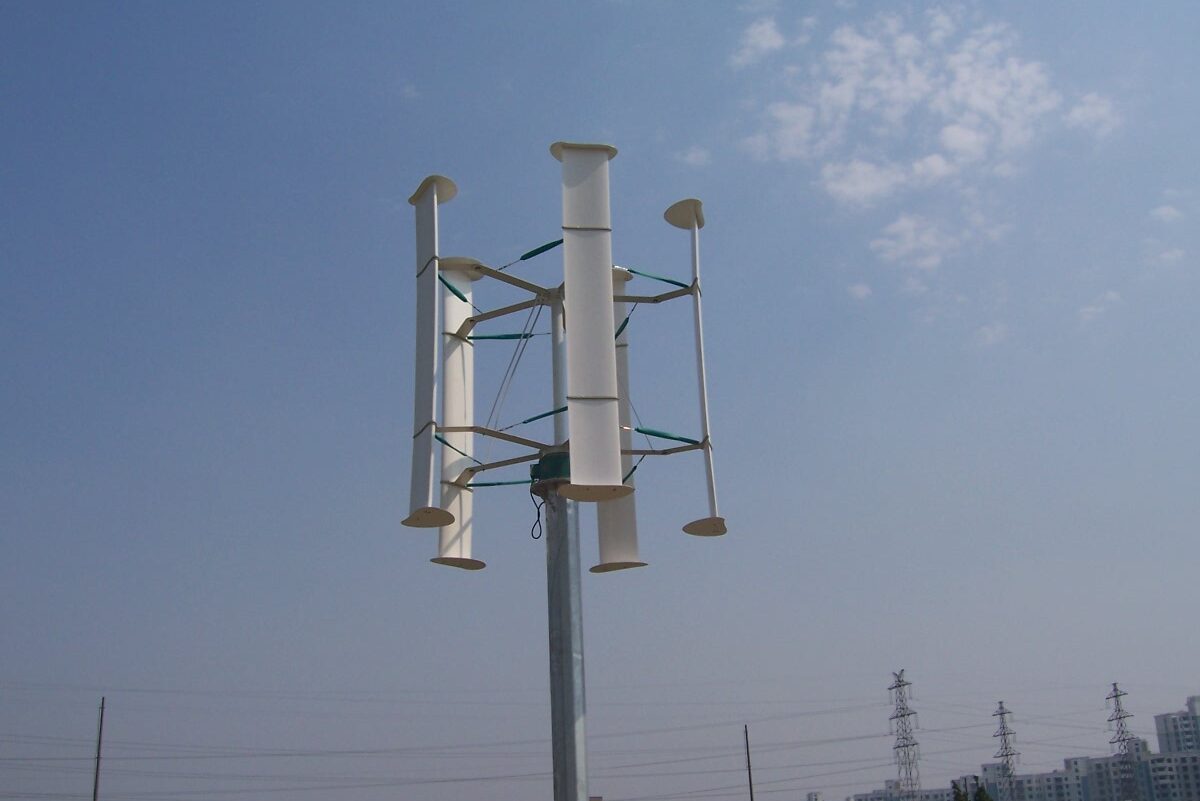Wind turbines are engineered to do one common thing: to generate energy through the wind. However, wind turbine models usually vary in design, size, and axis orientation. In this case, they can be either vertical or horizontal.
The axis orientation of wind turbines is what makes a huge difference. Over the years, horizontal axis wind turbines (HAWTs) have been proven to offer better performance than those with vertical axis.
However, vertical axis wind turbines (VAWTs) also offer several advantages that the HAWTs do not have. Here are some of them:
HAWT Versus VAWT: General Overview

Wind direction is critical when it comes to HAWTs as their blades generate energy better when the wind blows at the correct angle. In addition, HAWTs have a rotation drive where you can adjust their blades to the direction of the wind.
On the other hand, VAWTs aren’t very dependent on the angle of the wind, and they can operate even at a low wind speed rate, unlike HAWTs.
VAWTs stand vertically to the ground and convert the wind from the 360 degrees surrounding area. This type of wind turbine is suitable for complex rural and urban areas as it can work in places with the irregular wind flow.
Although VAWTs are considered less robust than their HAWT counterparts, they make an excellent wind turbine choice for households with immense-turbulence winds.
HAWTs use wind energy through wind blades positioned on a horizontal axis lateral to the ground. HAWTs face the wind at a perpendicular angle for the blades to rotate in an aerodynamic lift synchronization.
HAWTs are more prevalent than VAWTs because their build and design enable them to collect more wind energy through their full-rotation blades. Additionally, HAWTs are backtracking-resistant, which is a huge advantage when it comes to power generation through wind energy.
Of course, the primary difference between HAWTs and VAWTs is their wind speed requirements. HAWTs strongly require adequate starting speed, and constant regular wind flows. This allows this type of wind turbine to maximize its wind energy generation capacity.
VAWTs, on the other hand, do not heavily rely on wind flow speed and consistency. As a result, this type of wind turbine does not offer an exceptionally powerful wind energy generation, unlike HAWTs.
Lastly, when it comes to efficiency, both types of wind turbines are considered energy- and cost-efficient energy generation tools. However, HAWTs offer a higher efficiency rate compared to VAWTs.
Both Vertical and Horizontal Axis wind turbines have their own advantages and disadvantages. However, one sure thing they have in common is that they are both efficient sources of safe, clean, and renewable energy.
Thus, both of these wind turbines are worth investing in, depending on your needs, budget, and preferences.

